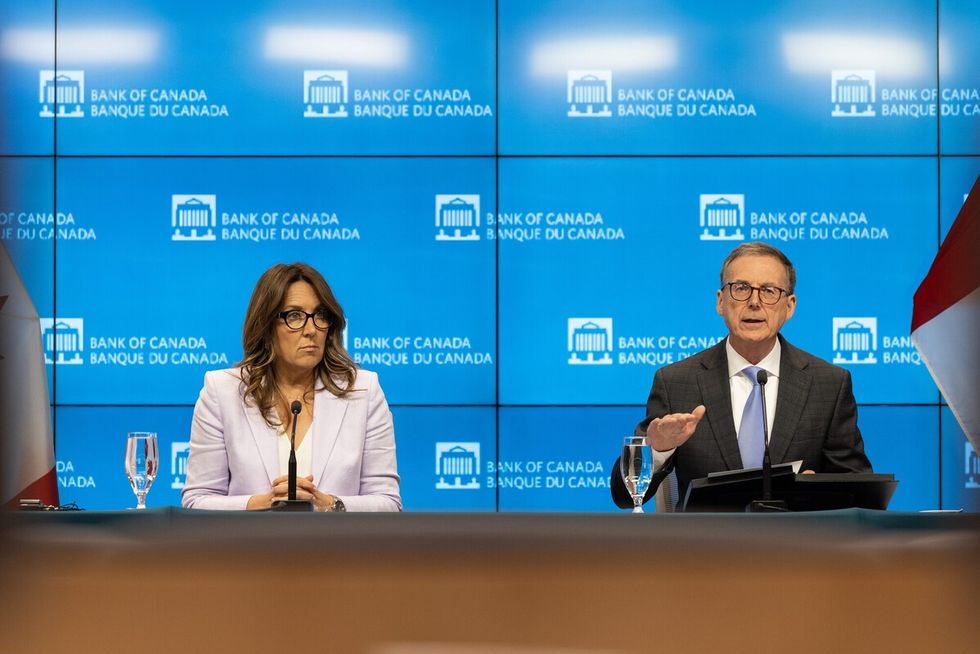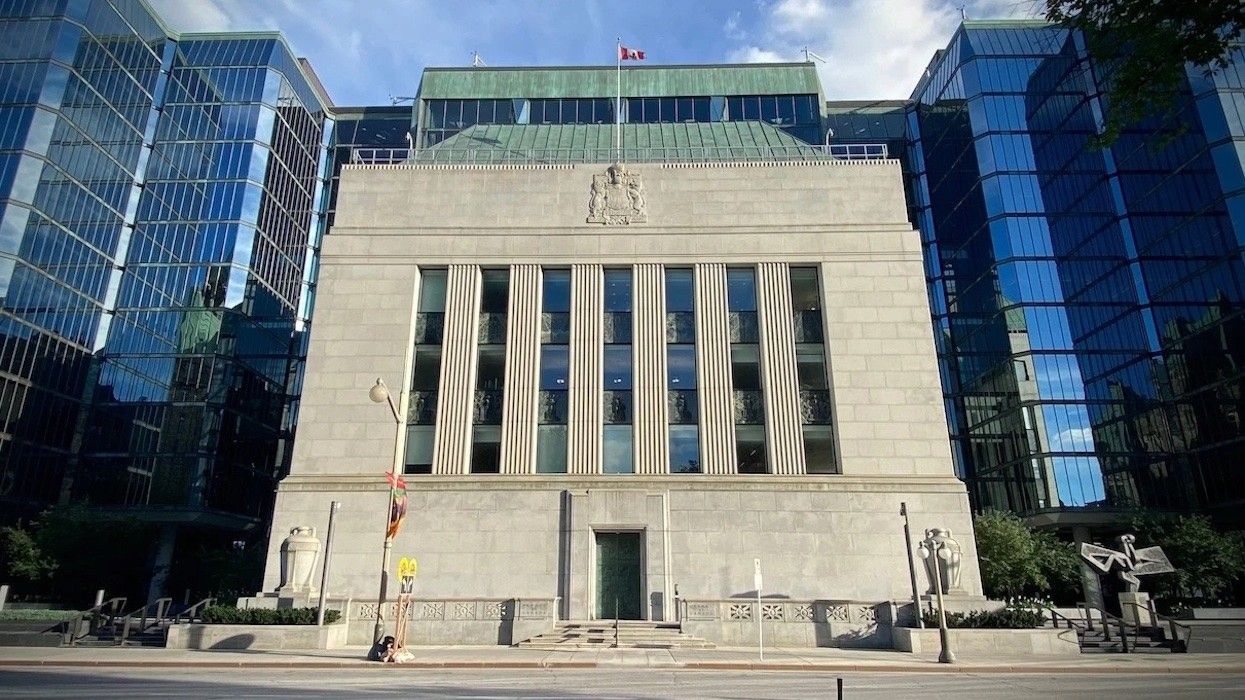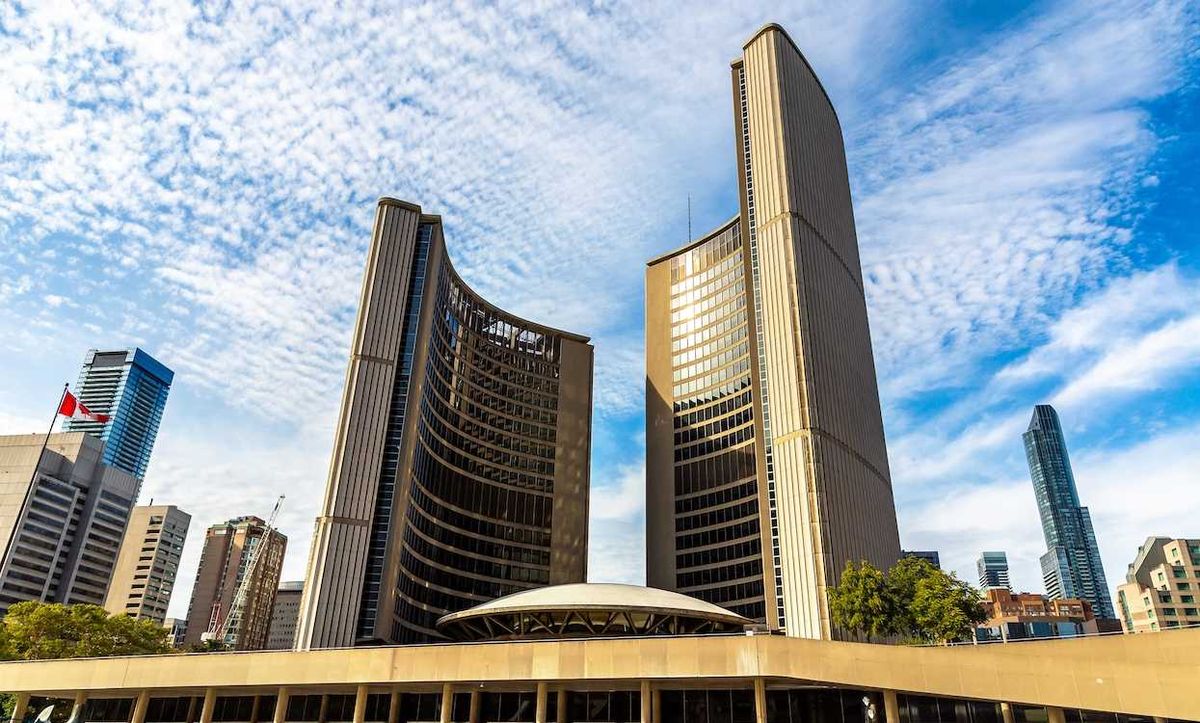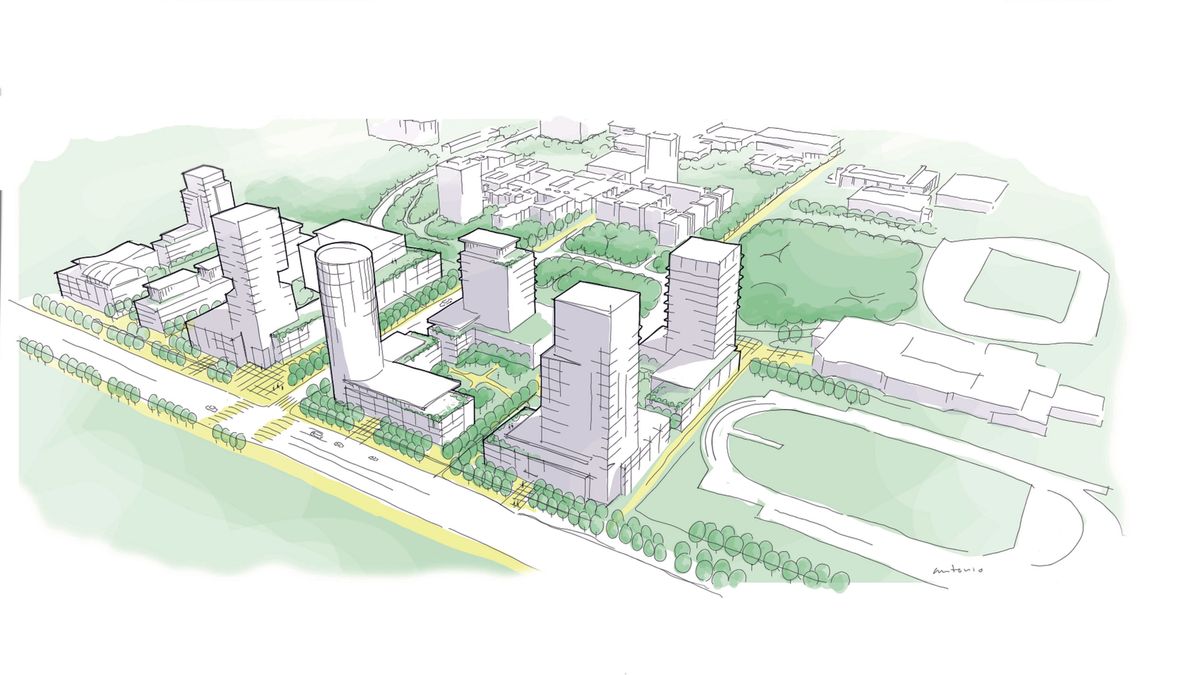As was the case in 2022 and 2023, the undercurrent of the past year was interest rates. Across eight announcements, the Bank of Canada (BoC) lowered the policy rate five times in 2024, including by 50 basis points in both October and December. We will ring in 2025 with a policy rate of 3.25%, which is the lowest it’s been in over two years.
While forecasting across the board says there will be more interest rate cuts in 2025, CPI inflation has stayed around 2% since the summer and it seems like it would take extenuating circumstances to warrant another half-point cut any time soon. BoC Governor Tiff Macklem all but said so himself at a press conference following the last rate announcement.
“If you go back to June, we have now cut our policy rate by a total of 175 basis points, bringing it from 5% down to three-and-a-quarter percent. That's a lot, that's substantial. And those cuts will be working their way through the economy,” Macklem told reporters on December 11. “Going forward, I expect that Governing Council will be considering further reductions in the policy rate,” he added. “But as I said, with the policy rate now a lot lower, if the economy evolves broadly as we're expecting, I anticipate we'll be taking a more gradual approach. So what does a more gradual approach mean? Well, we've just cut by 50 basis points at the last two meetings, so ‘more gradual’ is more gradual than that.”
Mackelm’s forewarning of a “more gradual approach” was reiterated in the BoC’s latest summary of deliberations, released on Monday.

The next interest rate announcement — and first of 2025 — is scheduled for Wednesday, January 29, and while Macklem is erring vague when it comes to what the BoC’s next move will be exactly, there’s already plenty of speculation amongst economists with Canada’s ‘Big Five’ banks based on the last few data releases of the year.
Though headline CPI cooled to 1.9% (year over year) in November, TD Economist Admir Kolaj pointed to “sticky” core inflation of 2.7% in November (matching October’s print) as reason enough for the central bank to take a more conservative approach to rate cuts in a December 20 report. “Also concerning was a back-up in shorter-term metrics. The three-month annualized change in core inflation pushed above 3%, and the less volatile 6-month trend points to further upward pressure in 12-month core inflation ahead,” said Kolaj. “These trends are certain to unsettle policymakers and support the Bank of Canada’s position that it will be more patient on future interest rate cuts.”
Kolaj’s report came out a few days shy of the release of the latest GDP numbers, which showed that the economy grew by 0.3% (month over month) in October, following a 0.2% rise in September. Growth was recorded in 12 of 20 industries. “Today's data should assuage fears of excessive downside to Canadian growth in the near-term, which should see the Bank move back to a more measured 25 bps cut at their next policy meeting in January,” Economist Marc Ercolao wrote in a commentary on December 23. “Looking ahead, more cuts are on the way, with the focus now shifting back to upcoming labour market updates.”
Economists with Scotiabank have the same expectation for the first meeting of 2025: a cut of 25 bps in the first quarter, according to a mid-December forecast from economists René Lalonde and Farah Omran. “Consumption and residential investment were substantially stronger than we expected, and there are clear signs that this strength has continued into 2024Q4 when looking at indicators for retail, housing, and auto sales,” they wrote. “Despite a weaker third quarter, our 2024 growth projection is unchanged from October due to historical data revisions. These revisions, starting from 2021, resulted in a level of GDP that was 1.5% higher by the end of 2024Q2 and pointed to less excess supply in the economy. This implies there is less room in the economy to absorb inflationary pressures that may arise from additional stimulus and domestic demand.”
There’s also the impact of the GST/HST relief measures to consider, which is expected to “boost activity in early 2025, effectively pulling forward some spending impulse from the second half of the year and the year after,” according to Scotiabank’s report.

As for the bigger picture — where the policy rate is headed in the year (and years) ahead — there is some diversity in views. Scotiabank’s forecast has the BoC holding at 3.0% until the end of 2026, “which is within the upper range of their estimates for the neutral rate” and reflect’s Scotiabank’s “assessment of inflation risks in an economy with effectively no excess supply to absorb them.”
That forecast is conservative, relatively speaking. Economists with BMO are anticipating that the policy rate will be brought down to 2.5% by the middle of 2025. “If anything, the Bank of Canada may be even more aggressive,” said Chief Economist Douglas Porter in early December.
Over at CIBC, Economist Avery Shenfeld wrote in an ‘economic flash’ that though the BoC has indicated it’s “done with the big guns… it likely still has bullets to fire as it eases rates with an eye to accelerating economic growth ahead.” Shenfeld said that CIBC’s assumption is that economic growth will pick up to “just under 2%” in 2025 — “but that will require some combination of monetary or fiscal stimulus,” he added. “For now, the fiscal measures haven't moved the needle enough to do the job on their own, so we're sticking to our projection for the overnight policy rate to ease by a quarter point at the next four decision dates, and troughing at 2.25%.”
In the same publication, Shenfeld made note of the “looming threat” of Trump’s 25% tariff on Canadian imports. “That uncertainty will weigh on business investment even if the tariffs never arrive, but could entail a major hit to exports if actually delivered, and therefore require more monetary stimulus to Canadian domestic demand,” he added. “Who can blame the Bank of Canada for dropping forward guidance and leaving forecast details until January?”
Meanwhile, economists with RBC — they're the most dovish of the bunch — are calling for a cumulative decrease of another 125 basis points by the middle of next year, which would bring the policy rate down to 2%, putting it in “stimulative” territory, according to a December 11 report from economists Claire Fan and Nathan Janzen.
“Wage growth is still elevated, especially when compared to sluggish productivity growth, but we expect it will continue to slow as slack builds in the labour market. Housing market activity also started to heat up more as yearend approaches, but we expect affordability will ultimately keep a lid on the rebound,” they said. “Growing monetary policy and economic growth divergence between Canada and the U.S. is likely to keep some downward pressure on the Canadian dollar. We expect the loonie will keep depreciation against the dollar but not to an extent that will stoke inflation in Canada. That means the BoC should have a clear path to cut the overnight rate down to 2%, as we expect.”
- Where Every Big Bank Stands On Wednesday's Interest Rate Announcement ›
- Bank Of Canada Pulls Trigger On Second 50 Bps Interest Rate Cut ›
- Vancouver Home Sales Flat In 2024, Down Substantially From 10-Year Average ›
- Tariffs, Job Growth Could Impact BoC Rate Cut Decision ›
- Every Big Bank On January's Interest Rate Announcement ›
- Bank Of Canada Cuts Interest Rate By Another 25 Bps ›
- Toronto Real Estate Board Forecasting 'Buyer-Friendly' 2025 ›
- Majority Of Big Banks Forecasting More Interest Rate Cuts This Year ›
- Where Every Big Bank Stands On July's Interest Rate Announcement ›





















